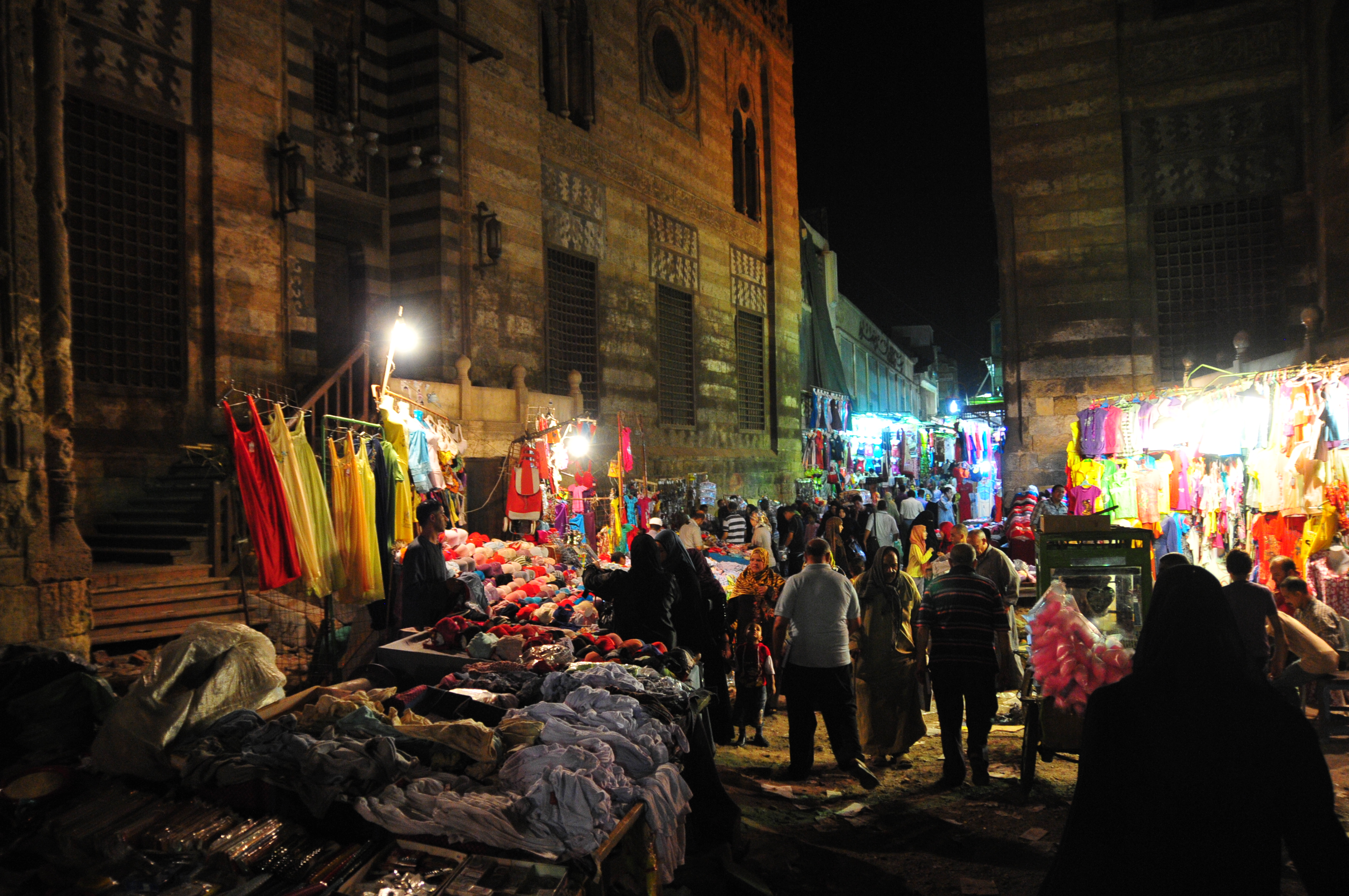CAIRO: Archaeologists have found fragments of a statue of an ancient god and a pharaoh in a site that once housed ancient Egypt’s largest funerary temple, the antiquities council said on Thursday.
The fragments, a bust of the god Hapi depicted as a baboon and what the council said were the legs of a King Amenhotep III statue, were discovered in the ruins of Amenhotep’s mortuary temple on the west bank of Luxor.
Antiquities chief Zahi Hawass, who headed the excavation, said the fragments were discovered while his team was working on unearthing Amenhotep’s temple. The powerful king died more than 3,000 years ago.
Archaeologists say the temple was the largest of its kind before it collapsed more than 2,000 years ago, probably because it was built too close to the Nile.
"The excavation team is still digging to find fragments of the double statue. It is the first of its kind as it depicts the king seated with the god Hapi, one of the four sons of Horus, beside him," Hawass said.
In a statement on his website, Hawass said the ancient Egyptians might have used the site to bury damaged statues.
"Because the statuary were ritually significant, they could not be destroyed," he said.
The area to the west of the temple was previously thought to have been used for only housing and agriculture. Archaeologists first found artifacts there while building a water drainage system around the temple and the area is now being excavated.


